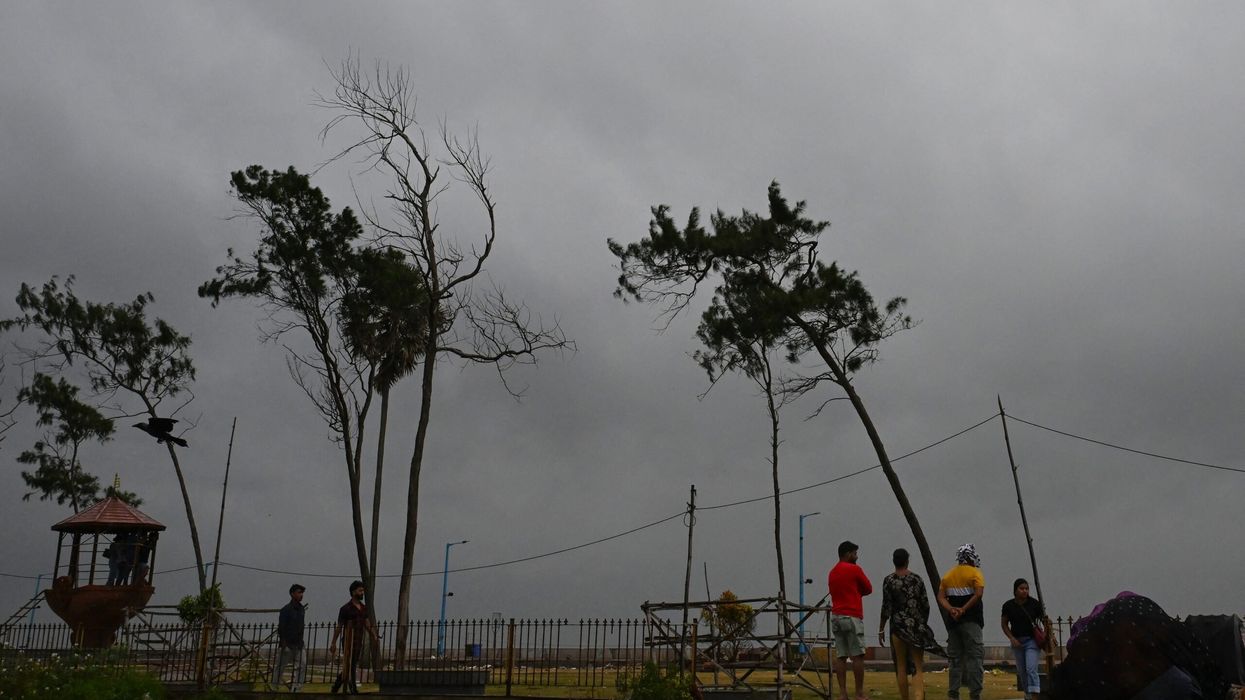CYCLONE Dana struck India’s eastern coast, uprooting trees and power lines as it made landfall. Officials have warned of further intense weather to come on Friday.
Cyclones, which are similar to hurricanes in the North Atlantic and typhoons in the northwestern Pacific, frequently impact the northern Indian Ocean, bringing danger to coastal regions.
Over 1.1 million people in Odisha and West Bengal were moved to storm shelters ahead of the cyclone, which reached land just after midnight. District official Siddarth Swain described the cyclone's impact as leaving a “trail of destruction” in Puri, a coastal town.
“Many trees and electric poles are uprooted,” Swain said. “Makeshift shops on the sprawling beach have been blown away.”
No casualties have been reported.
Cyclone Dana raised sea levels by as much as 1.15 metres (3.75 feet), flooding parts of the coast. The storm carried winds gusting up to 120 kilometres per hour, according to Kolkata-based weather bureau forecaster Somenath Dutta.
In the Sundarbans, the world's largest mangrove forest, “gale force wind” uprooted hundreds of trees, West Bengal minister Bankim Chandra Hazra reported, adding that “the cyclone also damaged hundreds of homes, blowing off roofs in coastal areas.”
Major airports in Kolkata, a key travel hub and India’s third-largest city, have remained closed since Thursday night, with the area experiencing heavy rainfall.
Experts have warned that storms are becoming stronger due to climate change, driven by warming oceans which release more water vapour, fuelling storms. Warmer air also allows these storms to hold more moisture, intensifying rainfall.
Improved forecasting and evacuation planning have, however, helped lower death tolls in recent years. In May, Cyclone Remal killed at least 48 people in India and 17 in Bangladesh, according to government data.
(With inputs from AFP)













